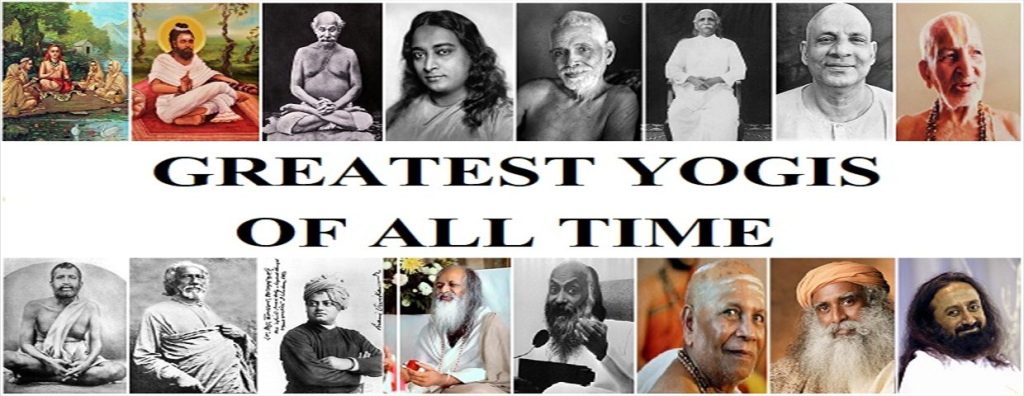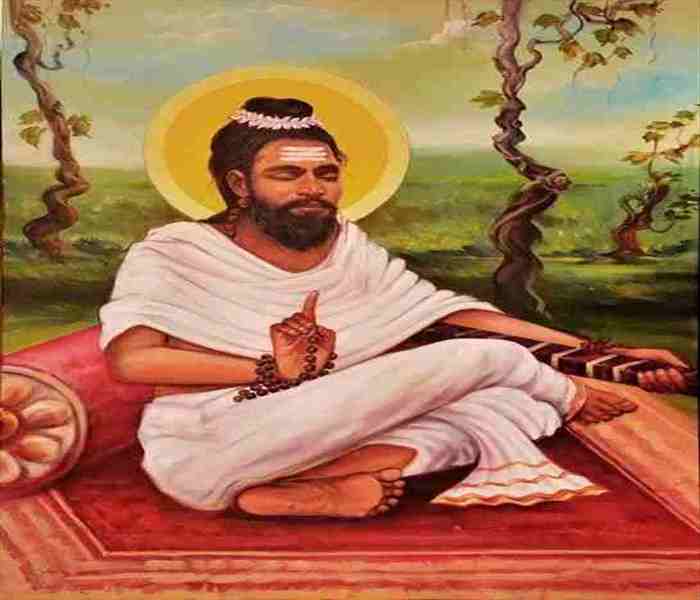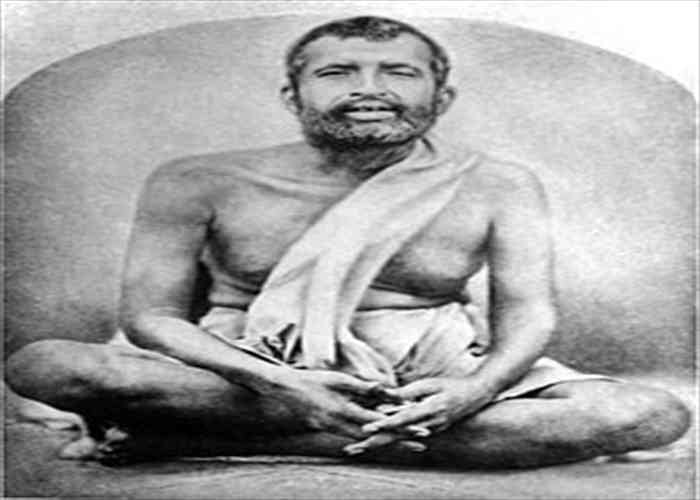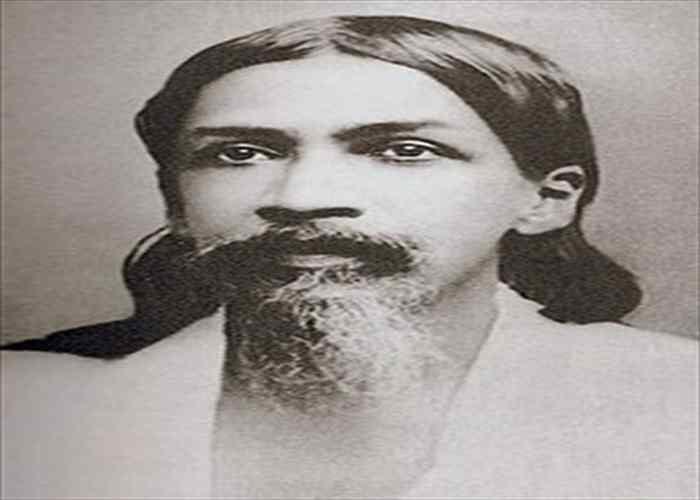By and large, Yogis are people who are either sannyasin or practitioner of Yoga, living an austere life. The feminine form of Yogi is Yogini. A great yogi/yogini inspires people through the way they live and embody the path of yoga.


Adi Shankaracharya (788 AD)
Adi Shankaracharya travelled with other thinkers and philosophers of his time to propagate his philosophy through discourses and debates. He founded four mathas that helped him in the revival and spread of Advaita Vedanta. He asserted that Atman (soul, self) exists in Hinduism, while there is no soul, no self in Buddhism. He is believed to be the organiser of the Dashanami monastic order and unified the Shanmata tradition of worship. He is regarded as the Jagadguru, a title used in Sanatana Dharma meaning the Guru of the Universe.
“When your last breath arrives, Grammar can do nothing”
Abhinavagupta (c. 950-1016 AD)
Author of Tantrāloka, Abhinavagupta was a multi-talented mystic and philosopher who left strong influences on the Indian culture. He studied all the schools of philosophy and arts of his time. He is popular for his contributions to Kashmiri Shaivism.
“Drama Is Like A Dream It Is Not Real But it is really felt”


Lahiri Mahasaya (1828-1895)
Lahiri Mahasaya brought Kriya Yoga back to life. Unlike other yogis, he didn’t denounce the material world in search of the ultimate self-realization rather achieved it being a worldly man. He was a householder and had a job as an accountant. He also accepted social outcasts and people of other faiths as his students, despite being a high-caste Brahmin hailing from an orthodox Hindu society.
“Cease being a prisoner of the body; using the secret key of Kriya, learn to escape into Spirit.”
Sri Ramakrishna Paramahamsa (1836-1886)
Sri Ramakrishna Paramahamsa was a legendary mystic and bhakti yogi who experienced spiritual ecstasies from a young age. He was influenced by several religious traditions and his teachings were focused on God-realisation as the supreme aim of all human life. He was a priest at the Dakshineshwar Kali Temple and gained widespread acknowledgement due to his mystical temperament and ecstasies. He is regarded as Paramahamsa, a title given to Hindu spiritual teachers who have become enlightened.
“Women are, all of them, the veritable images of Shakti”.


Swami Sri Yukteswar Giri (1855-1936)
Disciple of Lahiri Mahasaya and Guru of Paramahansa Yogananda, Yukteswar Giri was a progressive-minded figure in the 19th-century. He regularly invited people from all social backgrounds to his ashrams to exchange ideas on a wide range of topics. He attained maha samadhi (an act of consciously and intentionally leaving one’s body at the moment of death) at Karar Ashram, Puri, India on 9 March 1936.
“Everything in the future will improve if you are making a spiritual effort now”.
Sri Aurobindo (1862-1950)
Sri Aurobindo was a poet and journalist who was active during the Indian Independence Movement. He faced charges of treason for the Alipore Conspiracy. During his stay in prison, he experienced mystic and spiritual ecstasies which led him to leave politics for spiritual work. He developed integral Yoga and believed that a divine and liberated life is possible on earth.
“True knowledge is not attained by thinking. It is what you are; it is what you become.”


Swami Vivekananda (1863-1902)
Chief disciple of Sri Ramakrishna Paramahamsa, Swami Vivekananda introduced the Indian philosophies of Vedanta and Yoga to the western world and raised interfaith awareness. He founded the Ramakrishna Math and the Ramakrishna Mission. His speech at the Parliament of the World’s Religions in Chicago in 1893 began with the words ‘Sisters and brothers of America’ and brought official acknowledgement to Hinduism as one of the major world religions. His birthday is celebrated as National Youth Day.
“Take up one idea. Make that one idea your life; dream of it; think of it; live on that idea.”
Ramana Maharshi (1879-1950)
Raman Maharshi was Jivanmukta (liberated while alive) and 63 Nayanmars were aroused in him. A death experience at the age of 16 made him aware of his divine self. He is best known for his ‘Who am I?’ method of meditation and recommended self-enquiry to eradicate ignorance and abide in self-awareness. As per his teachings, our true self is sat-chit-ananda, meaning truth-consciousness-bliss. He became widely popular in the west and recognised as an enlightened being.
“Your own Self-Realization is the greatest service you can render the world.”

